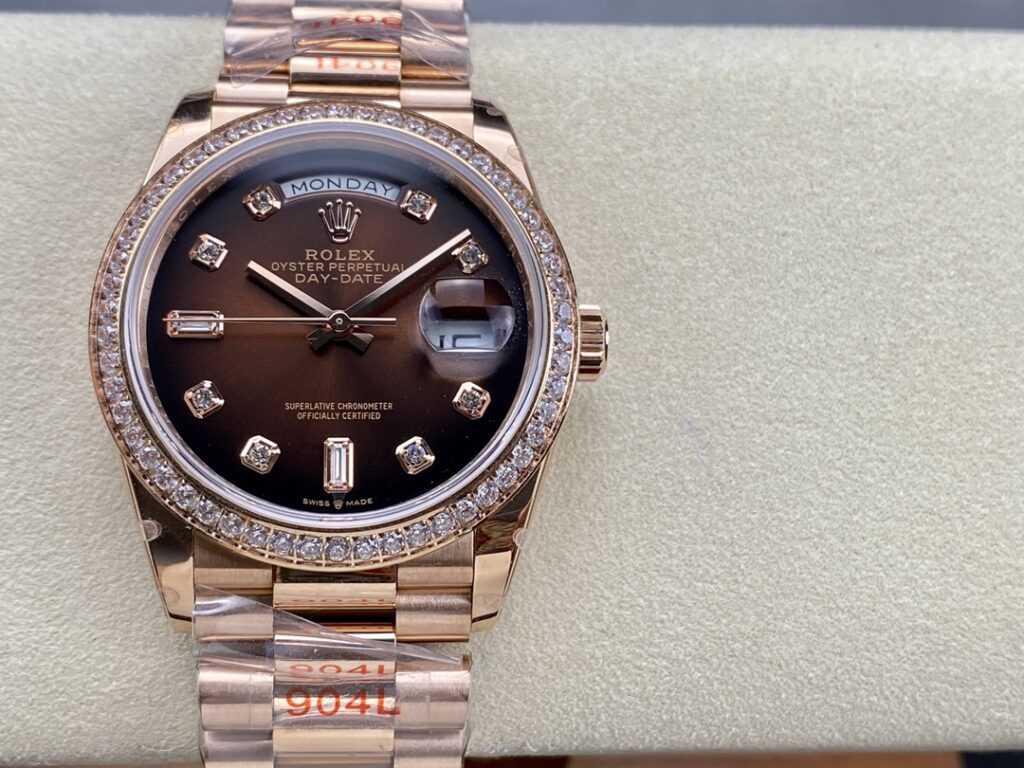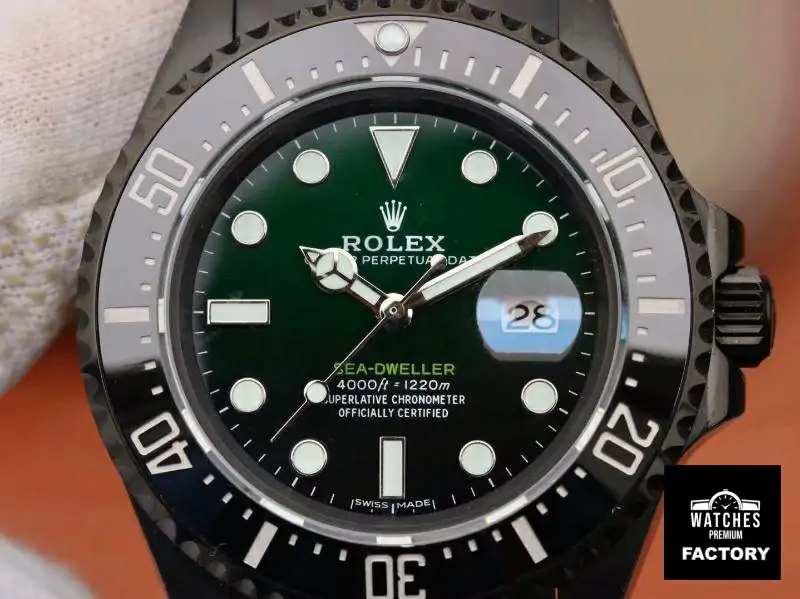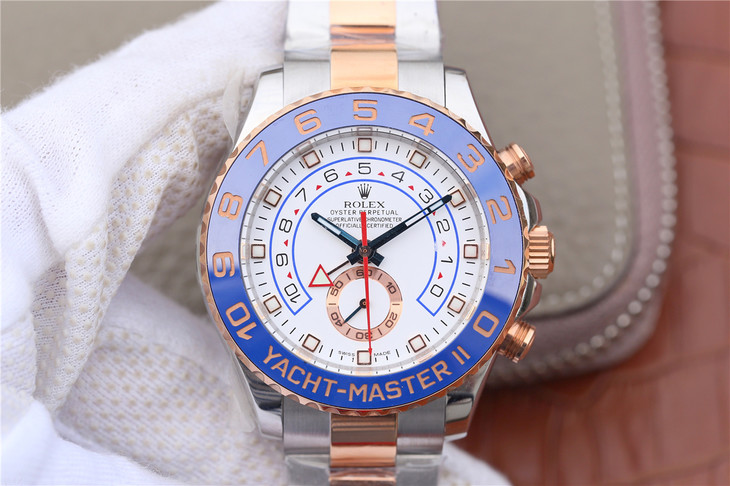Guide to Clone Rolex Oyster Perpetual
The evolution from tool watches to dress watches arguably began in 1926 with the introduction of the Rolex Oyster, the world’s first mass-produced, water-resistant wristwatch. This groundbreaking model offered the public a watch robust enough for any environment, though it required manual winding.

While military watches with extended 8-day power reserves were available, issues such as leaky crown threads persisted from WWI through the 1930s and WWII. In 1950, Rolex addressed these concerns by introducing the clone Rolex Oyster Perpetual, the first automatic-winding, water-resistant wristwatch. Its 360-degree winding rotor allowed for nearly effortless wear, eliminating the need to frequently unscrew the crown, which could lead to leaks.
The Oyster Perpetual earned acclaim for its reliability, even playing a role in the historic first successful ascent of Mount Everest. To commemorate this achievement, Rolex rebranded a specific variant of the Oyster Perpetual as the Explorer in 1953. Today’s Explorer and Air-King models can be considered special editions of the Oyster Perpetual.
Although the Oyster Perpetual may not match the excitement or collectibility of Rolex’s mission-specific tool watches like the Submariner, it remains a versatile, time-only watch known for its understated elegance. The current “OP” model, without a date function, continues to embody the classic, go-anywhere ethos of the original.

We’ll delve into key historical references and examine the contemporary Rolex Oyster Perpetual models for men. Due to Rolex’s extensive and sometimes chaotic production history from the 1950s to the 1970s, a complete taxonomy is challenging. For a detailed exploration of this era, refer to “The Vintage Rolex Field Guide.”
Bezels: The original 1926 Oyster featured a fluted bezel to secure the crystal. By 1950, Rolex integrated the bezel into the case to prevent leaks. Today’s Oyster Perpetual models without dates sport a sleek, smooth, or engine-turned stainless steel bezel, as opposed to the decorative fluted bezels found on other Rolex models.
Crowns: Modern Rolex sport replica watches offer at least 100m/300ft of water resistance, thanks to the Twinlock Crown, introduced in 1953. This crown uses two seals and is indicated by a straight line or two dots under the crown logo. The Triplock Crown, with three seals and introduced in 1977, is used in the Sea-Dweller but is not found in the Oyster Perpetual.
Movements: The Oyster Perpetual’s early automatic movements from the 1940s and 1950s were relatively bulky, earning the nickname “bubbleback” due to the protruding case back. Later, thinner movements like the calibers 1560 and 1570, produced for over 25 years, allowed for slimmer designs. The caliber 3035, introduced in 1977, featured a higher beat rate of 28,800 bph, becoming a modern standard. All subsequent movements in the OP line have been “high-beat” and chronometer-certified.
Crystals: Rolex used acrylic crystals until the late 1980s, transitioning to scratch-resistant sapphire crystals. While sapphire is less prone to scratching, it can shatter under impact.
Notable Variants: The 1940s and 1950s Oyster Perpetual models, often called “bubblebacks,” are noted for their bulging case backs. These vintage models, typically around 32-34mm, come in numerous variations. The 1950s “ovettone,” or “little egg,” with a 36mm case, is notable for its larger size and rarity today, particularly the ref. 6298, known as the “pre-Explorer.”
The ref. 1002, produced for over two decades, features various dials and handsets, including some with alpha hands. The mid-1950s saw the introduction of the Oyster Perpetual Date, distinct from the Datejust by its date wheel mechanism.
Modern Models: The OP34 offers a classic design with four dial options: Radiant Black, Rose, Bright Blue, and Silver, and features single-stick markers for symmetry. The OP36, suitable for various wrist sizes, uses the same calibre 3230 as the OP41 and includes dual markers and a new Candy Pink option.
The latest and largest in the line, boasts the calibre 3230 movement with clone Rolex‘s advanced technology, achieving the Superlative Chronometer rating of +2/-2 seconds per day. It is available in a range of colors, including new options introduced in 2025, and is distinguished by double-markers at 3, 6, and 9.
